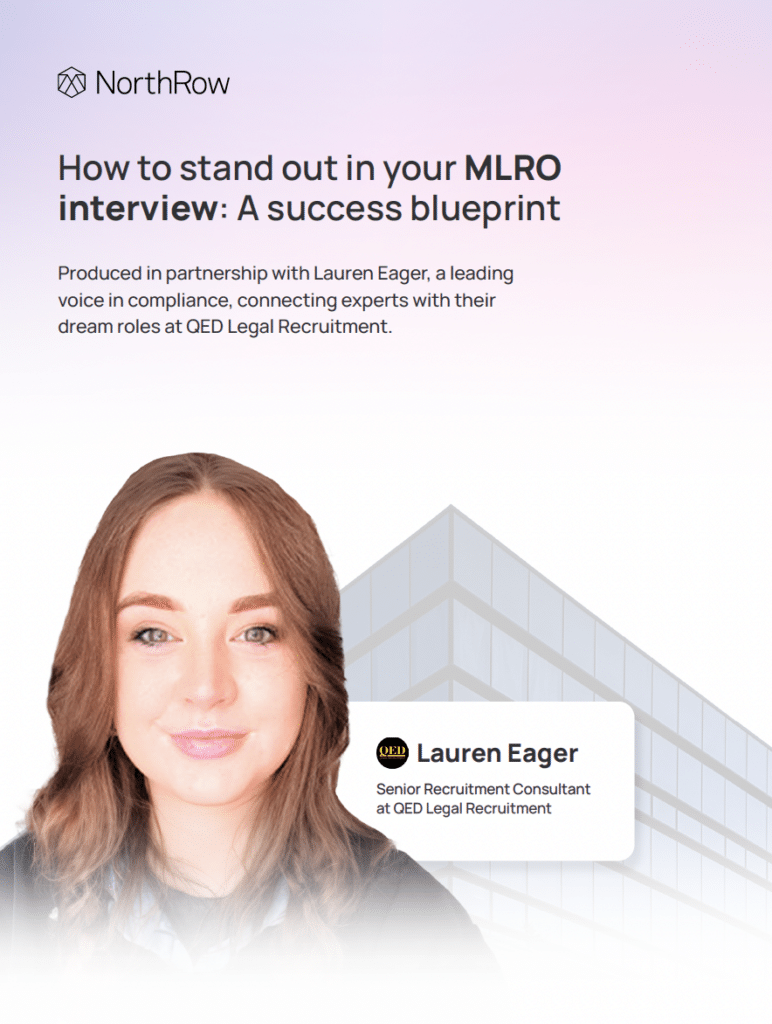Money laundering is a serious global issue that enables criminals to disguise illicitly gained funds, making them appear legitimate. This illegal process poses significant challenges for financial institutions, businesses, and regulators, as it undermines the integrity of the financial system. The act of laundering money typically unfolds in three stages: placement, layering, and integration. Each stage complicates efforts to trace the origin of illicit funds. Anti-money laundering (AML) regulations have been established to combat these activities, with businesses required to implement stringent due diligence measures. This article explores the process of money laundering, its impact, and how AML regulations help prevent it.
How to define money laundering?
Money laundering is the illegal process of making large amounts of money generated by criminal activity, such as terrorist funding or drug trafficking, appear to have come from a legitimate source.
This ill-gotten money is considered ‘dirty’ and the process ‘launders’ this money to make it appear clean so it can be used. When criminals generate money from their illegal activity, they have to conceal the identity, source or destination of these funds.
In 2018, it was estimated that British financial institutions were spending £5 billion every year fighting financial crime and preventing money being laundered through their network of bank accounts.
Wired.com
With early anti-money laundering legislation dating back to the period of Prohibition in 1930s America, the September 11th terrorist attacks (and subsequent Patriot Act and similar worldwide legislation) led to an all new, heightened emphasis on comprehensive money laundering laws to fight the financing of terrorism and criminal activity.
Today, compliance with strict anti-money laundering regulations has become a much more significant task for financial institutions and enforcement has been stepped up significantly.
The 3 stages of money laundering
The process of laundering money typically involves three crucial steps: placement, layering and integration. However, criminals often add more complexity to each of these stages, making it more difficult for authorities to trace the original source of the funds and ultimately, making the criminals less likely to be found out.
The three stages of money laundering are:
Step 1: Placement
Placement involves criminals depositing their ‘dirty’ money into the legal financial system. Often large sums of physical cash acquired through bribery, theft and corruption, criminals now seek to ‘launder’ their money and move it into a legitimate system. They may pay off a loan, lend someone money, invest in property or foreign currency.
Step 2: Layering
As the money switches hands, it further masks its original source. This is where criminals ‘layer’ transactions to further hide the source of their ill-gotten funds and distance the money from its criminal origins.
As money moves around (often at speed and sometimes across borders), it muddies the waters and knowing where it came from becomes more difficult. This complex web of multiple financial transactions embeds the money into the financial system and further obscures the audit trail of the funds, making it increasingly challenging for authorities to identify, or indeed prove, the money was in fact, laundered.
Step 3: Integration
The final stage of money laundering integrates the funds into the financial ecosystem as legal tender and it is absorbed into the economy in a legitimate capacity such as art, high-end cars, jewellery or property investments.
Once placed and layered, the funds are integrated very carefully, from legitimate sources, to create a credible explanation for where the money came from.
What is anti-money laundering (AML)?
In addition to those businesses already regulated by the FCA, anti-money laundering regulations apply to a number of different business sectors including accountants, financial service businesses, estate agents and solicitors.
AML checks play an important role in satisfying the requirement of regulated businesses to undertake customer due diligence. These checks are about knowing your customer; verifying individuals are who they say they are, and ensuring a clear understanding of any risks associated with doing business with them.
As part of these regulations, businesses must carry out customer due diligence checks to identify their customers and check that they are who they say they are. This is often via an official photo ID document such as a passport, and proof of their residential address and date of birth.
However, depending on the nature of the relationship with an individual or transaction, other, more detailed types of information may need to be requested and verified too in order to prevent money laundering. These may include the details of the customer’s business (if any), the source and origin of funds, or the relationships between the customer and any beneficial owners.
As a minimum regulatory requirement, the global money laundering and terrorist financing watchdog, the Financial Action Task Force (FATF), recommends that financial institutions undertake customer due diligence measures when:
- Establishing new business relations with a customer
- There is a suspicion of money laundering or financing terrorism
- There are doubts regarding the accuracy or adequacy of previously obtained customer identification information
- Occasional transactions occur that amount to more than €15,000 or certain wire transfers
Fortunately, software can now help financial institutions and other regulated businesses with KYC and AML checks, freeing them up to focus on more complex cases where their expertise is most needed. At each stage of the customer journey to ensure that businesses collect and verify all the information that they need to achieve compliance.
As criminals master and increasingly invent new techniques to profit from crime and terrorism, the impact of money laundering continues to be felt globally.
Regulators and governments continue to respond with stronger, further-reaching legislation, more comprehensive reporting requirements and larger penalties for non-compliance in a bid to combat money laundering. Crucially, businesses from across the sector must continually assess, improve and update the measures and protocols they have in place to remain compliant and ensure their AML infrastructure deters criminals.
Last updated: Friday 2nd June 2023







